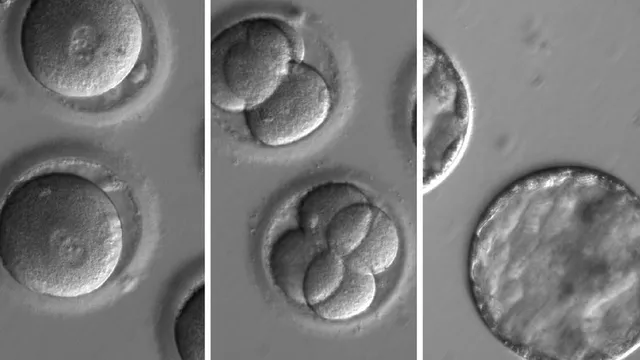The fruit of the Solanum nigrum is believed to have killed the Roman emperor Augustus, but they are notoriously deadly. Tomatoes belong to the same plant family, Solanaceae, and also produce toxic steroidal glycoalkaloids. However, tomatoes don't usually kill us.
Tomatoes (Solanum lycopersicum) were once thought to be poisonous, but they actually turn their bitter toxins into something more palatable and less deadly. Sichuan University biologist Feng Bai and his colleagues have now identified the genetic mechanisms involved in the safe transformation of the tomato fruit.
Tomatoes in the Solanaceae family use steroidal glycoalkaloids as a natural defense against pests. These molecules are thought to disrupt the membranes of animal cells, damaging them and ultimately causing cell death.
Potatoes, another member of this toxic family, have been cultivated to have safe levels of these compounds, although they can pump them out when damaged or exposed to large amounts of light.
In humans, this glycoalkaloid substance has an unpleasant bitter taste. Ingestion of too large an amount results in a burning sensation in the mouth, followed by symptoms including nausea, cramps, slow pulse and decreased breathing, vomiting, diarrhea, internal bleeding, and stomach lesions.
But these same plants also need their seeds dispersed, and animals are great at this. So in some of the plants, when their seed-bearing fruits ripen, the bitter toxic chemicals are turned into something more palatable to lure the pupating seed taxis.
Bai and his team discovered that in tomatoes, the chemicals that make the fruit redder, softer and sweeter also coordinate the breakdown of the toxic glycoalkaloid into a less toxic compound called esculeoside A.
"This helps ensure that high levels of toxic steroidal glycoalkaloids remain in immature fruit to maintain resistance against herbivore attacks, ensuring that fruit will reach the seed ripening stage," the team explains in their paper.
Tasty fruit plants use epigenetic regulation to control the cascade of changes needed to make their fruit safe to eat.
Specifically, a protein called DML2 allows the cell's gene-reading machinery to access genes involved in stopping toxins by removing methyl groups, which act as molecular signals, from a specific part of the genetic chromosome - a process called demethylation.
When the researchers genetically disabled the creation of DML2 in tomatoes, the fruit produced still contained high levels of the steroidal glycoalkaloids.
Comparing the genes involved in other related plants, Bai and his team also found that DML2-driven DNA demethylation increased during tomato domestication, which changed the plants from producers of small fruits to creators of big red ones.
At the same time, levels of steroid glycoalkaloid-supporting genes also decreased. Now even green tomatoes can be safely consumed in moderation. | BGNES

 Breaking news
Breaking news
 Europe
Europe
 Bulgaria
Bulgaria







